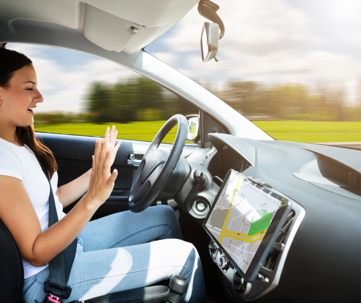For Autonomous Autos, No News is Good News
Back in 2015 and 2016, it seemed like self-driving cars were the thing of the future. Every month, you’d find a new magazine cover talking
about the technology. Public opinion showed that people expected self-driving cars to be parked in their own driveway in the next 10
years or so.
Halfway through that 10-year period, though, those kinds of vehicles seem to have dropped off the map. What changed?
As far as we can tell, the biggest factor was that the rubber hit the road — literally and figuratively. Before the 2010s, self driving technology
wasn’t available to many consumers, whether they could afford it or not. But after about 2015, companies like Tesla finally began to put
the technology in the hands of consumers. As it turns out, cars are just a bit more complicated than Silicon Valley thought.
Headlines began to fill up with Teslas and other autonomous vehicles causing wrecks large and small, many resulting in severe injuries and even fatalities. States started to limit use to “testing” when it became apparent that the kinks hadn’t been worked out yet — and that the cost of doing so would be paid in human lives.
At the same time, consumers began to realize that they’d be held liable for the actions of their uncontrolled automobile, whether that was a scrape in a parking lot or a pileup on the interstate. They weren’t exactly eager to risk their own lives, either.
Does that mean the tech is dead? Not exactly. Many major auto manufacturers, including those in Germany and Japan, have been quietly testing their own driverless tech for years now. They started before 2015, and they’ll keep going until it works. But until that day, don’t expect to see much bragging in the headlines. And whether they’ll be ready in another five years to meet original expectations is truly anybody’s guess.

